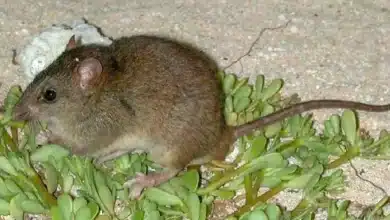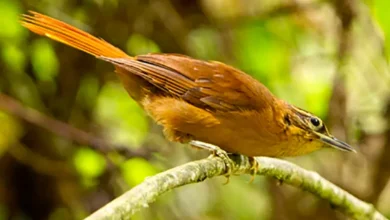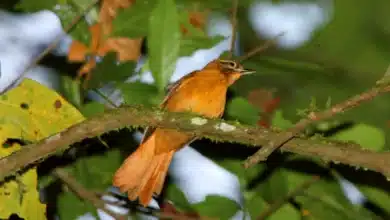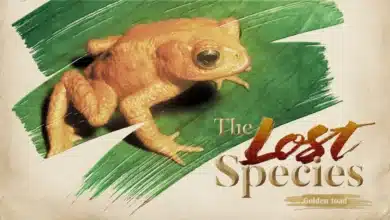Why Cloning Won’t Save Endangered Animals
Plans To Clone A Woolly Mammoth Fuel The False Idea That Cloning Can Save Endangered Species And Revive Extinct Animals
There is no denying that an international scientific team’s recently announced plans to clone a woolly mammoth inspire a justifiable amount of excitement. After all, no one’s ever seen a mammoth, owing to the fact that the shaggy, elephant-like Ice-Age creatures have been extinct for over 10,000 years.

The idea of creating a live mammoth calls to mind the popular science-fiction movie Jurassic Park—except that, unlike the dinosaur’s prospects of ever coming back to life, the birth of a live mammoth within the next few years is a distinct possibility, if not a probability. Scientists apparently have the technology to do the job, and they also have an extant animal—the elephant—that likely is genetically suited to serve as a surrogate mother. In addition, and unlike the situation with dinosaurs, which have been extinct far longer than mammoths, there remains viable genetic material from frozen mammoth carcasses that could be injected into an elephant’s denucleated egg cell to create a mammoth embryo, which could then be implanted in the uterus of a female elephant, and possibly carried to term.
A denucleated egg cell is one from which the nucleus has been removed. In order to make clones, scientists replace the nucleus with the genetic material of the animal they want to clone—after which they give the egg an electric shock that causes it to begin dividing and growing into an embryo.
Until about three years ago, mammoth cloning still seemed impossible, because all the potential genetic material from frozen mammoths that had been recovered from places like Siberia was thought to have been hopelessly damaged by the formation of ice crystals. However, in 2008, a Japanese researcher developed the technology to successfully create clones of mice that had been frozen for a long period of time. This was especially exciting news, because if one frozen species can be cloned, there is no reason to think that the clone of almost any other frozen animal could not be created through the same process.
After that, the race to clone a mammoth suddenly hit high gear—and it’s being led by Professor Akira Iritani of Japan’s Kyoto University, with help from Russian and American scientists. The team thinks it may be able to present the world with a bouncing baby mammoth in as few as four years.
Here at Biolife.earth, we are enthusiastic about the idea of seeing an elephant give birth to a mammoth—we really are. It would be interesting to see such a creature, and it would be fun to pat it’s woolly head if we got the chance. And, along with being a novelty and a media sensation, a live mammoth doubtlessly would help scientists answer a number of burning questions about the Ice Age in general, as well as about mammoths in particular.

But cloning will never be a solution to the problem of extinction. For one thing, the process, with all the technology and all the medical expertise and intervention it requires, will probably always be too expensive to be practical for producing even modest numbers of large animals. For another, successful populations of wild animals need a certain amount of genetic diversity in order to prevent an epidemic or other environmental stressor from wiping all of them out.
If an entire breeding population of endangered or extinct species were scientifically created out of genetic material from just a few individuals—for example, there just aren’t that many frozen mammoth carcasses around—then, after a few generations, each individual would end up as a virtual genetic photocopy of every other individual. And, when one animal got sick, either from germs or from some other factor, most of the others would probably get just as sick as well.
A lack of genetic diversity has also been shown to lead to birth defects—in humans, as well as in animals.
In addition, once we had our herd of genetically photocopied creatures, where, other than in zoos, would we put them? The world’s current main cause of animal extinction is loss of habitat, and that’s a problem that no high-tech animal-manufacturing process will ever be able to solve.
If we truly want to keep species from going extinct, the only way we can be successful is to stop destroying them, and to conserve their habitat. Everything else is just science fiction.



